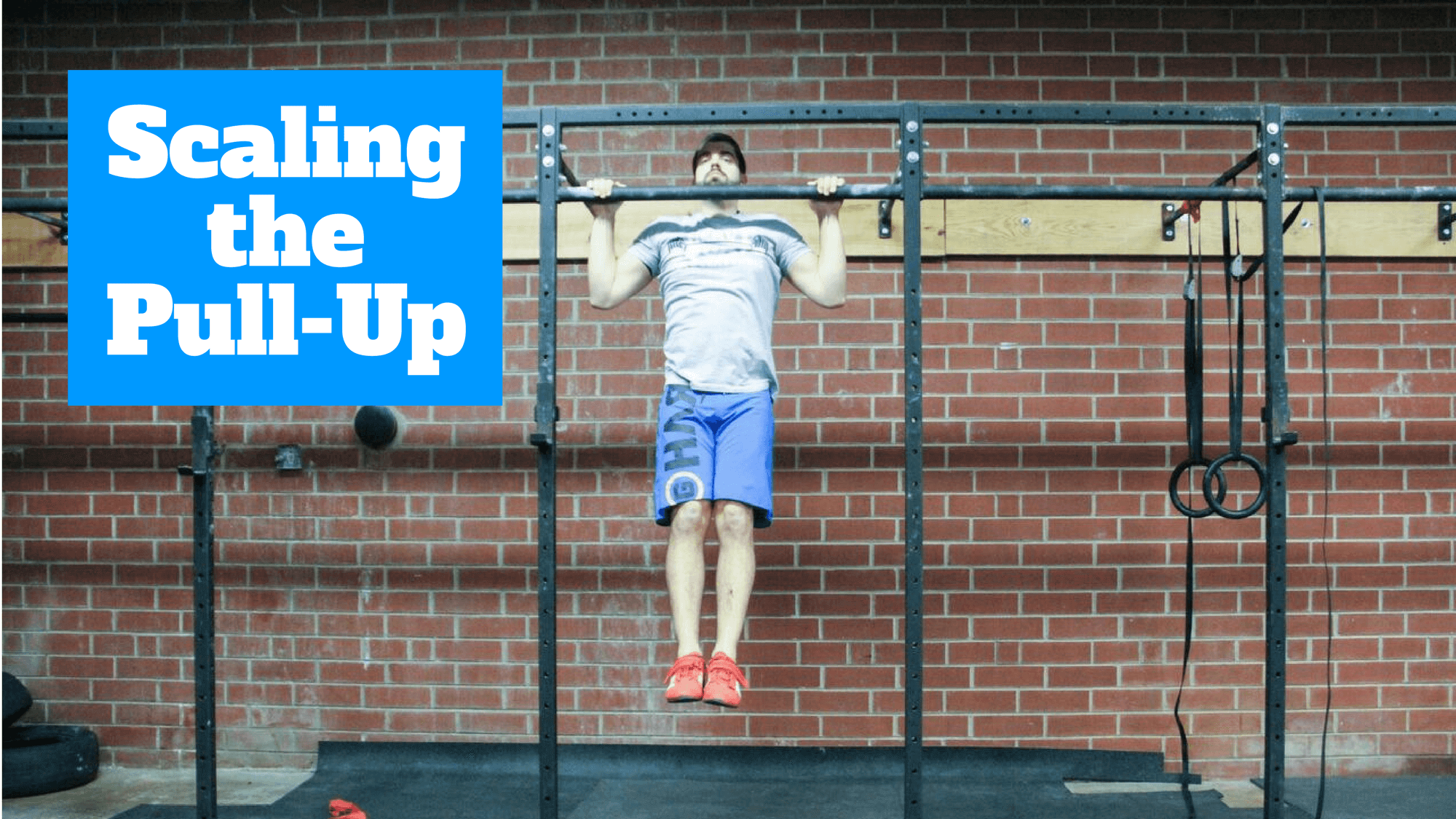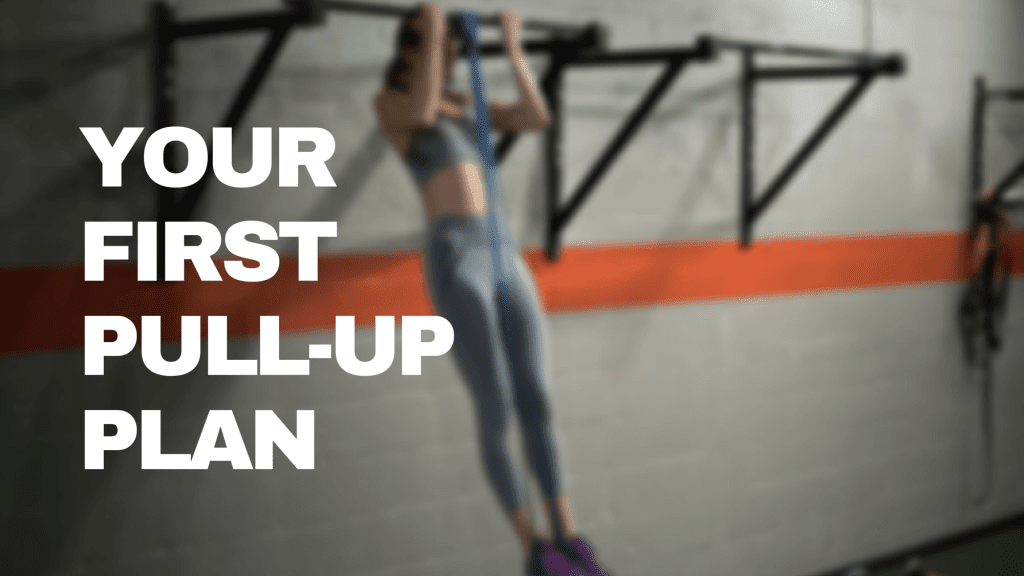The best fitness professionals have a plethora of exercises they can pull out at a moment’s notice to scale a movement based on a client or athlete’s needs. Unfortunately, far too often, we see programming without sufficient scaling options to ensure safe and effective workouts for all gym members. Join Dr. Zach Long (The Barbell Physio) and Dr. Andrew Millett in this series on scaling exercises to serve best the clients you work with (or yourself). This week we’ll cover: Scaling The Pull-Up (and its variations)!
(And see past article on building pull-up strength HERE)
Scaling The Pull-Up
Feet Assisted Pull-ups
Feet Assisted Pull-Ups is a great move that can be used by athletes returning to pull-ups after surgery as well as athletes looking to complete their first pull-up. The difficulty of the movement can be increased or decreased by the athlete by increasing or decreasing the amount of assistance from their legs. Also, since most of the lower body weight is not contributing to the difficulty of the movement, it makes for an easier movement due to less weight.
Sit on the floor with your legs straight out in front of you or crisscrossed. The rings or suspension trainer should be placed at a height where your arms are completely in the overhead position. Then, pull your hands towards your chest and squeeze your shoulder blades into your back pockets. As you lower your body back down to the ground, allow the shoulder blades to separate. You can use the legs to assist in moving easier or use less of the legs to make it more difficult.
Alternatively, these Toe Assisted Pull-ups also make a great variation:
Ring Rows
Ring rows are another great movement to help an athlete get back to overhead pulling variations. Even though ring rows, or variations thereof, are considering horizontal pulling, there is still a benefit and a carryover for the body to get used to performing upper body pulling. Ring rows can also be used when returning from a shoulder injury to allow the athlete to train the upper back without irritating the shoulder.
To set-up, make sure the rings are equidistant from where they are attached. Maintain a plank position with your body and pull your chest towards your hands and the rings. As you pull your hands towards the rings, make sure to squeeze your shoulder blades into your back pockets. When your shoulder blades stop squeeze, stop pulling to decrease the chance of anterior shoulder irritation. As you lower yourself back to the starting position, maintain the plank position, and allow your shoulder blades to come apart.
Banded Pulldowns
Band pulldowns strengthen the shoulders and lats in a more vertically-oriented direction than ring rows while still keeping the shoulder below full flexion, making it a great scaling option for those needing to avoid max shoulder motion while performing a vertical pulling movement
View this post on Instagram
Band Assisted Pull-ups
Band Assisted Pull-Ups are great post-rehab as well as helping someone attain their first pull-up. The band provides the most assistance during the most challenging portion of the movement, the bottom. As you pull yourself towards the bar, the band provides less and less assistance. Performing band-assisted allows the athlete to perform a pull-up with good technique without sacrificing form for more reps. As band-assisted pull-ups become easier, perform with a smaller band that provides less assistance and causes the athlete to have to perform more work.
Loop a superband over the rig or pull-up bar. Stretch it down to the ground and place both feet in it. Holding onto the bar, perform a pull-up while maintaining a straight body. Make sure to squeeze your shoulder blades into your back pockets as you pull yourself towards the bar. Control the lowering portion of the movement as you come back down to the ground and allow your shoulder blades to come apart. Make sure not to completely relax at the bottom position.
Pull-up Holds / Slow Eccentrics
Pull-Up Holds and Slow Eccentrics are two options to assist in someone coming back from an injury or looking to get their first pull-up. The use of Pull-Up Holds are good to teach an athlete the end position of the pull-up and the proper scapular position when pulling oneself to the bar. Slow eccentrics also help with strengthening the musculature responsible for performing a pull-up By performing either slow eccentrics or pull-up holds; this can help build one’s tolerance to vertical pulling as well as increase their strength necessary to perform said movements.
For Pull-Up Holds, stand on a box and hold onto the pull-up bar or rig. Then jump up, making sure not to hit your head and hold the end position. You can start with 3-5 seconds or hold longer if that becomes too easy.
For Slow Eccentrics, jump up as you did in the pull-up holds, and slowly lower yourself towards the ground and control the position of your shoulder blades as you lower yourself. Start with 2-3 second eccentrics and then increase the time under tension to longer. You can also perform pull-up holds with slow eccentrics to work on both movements.







